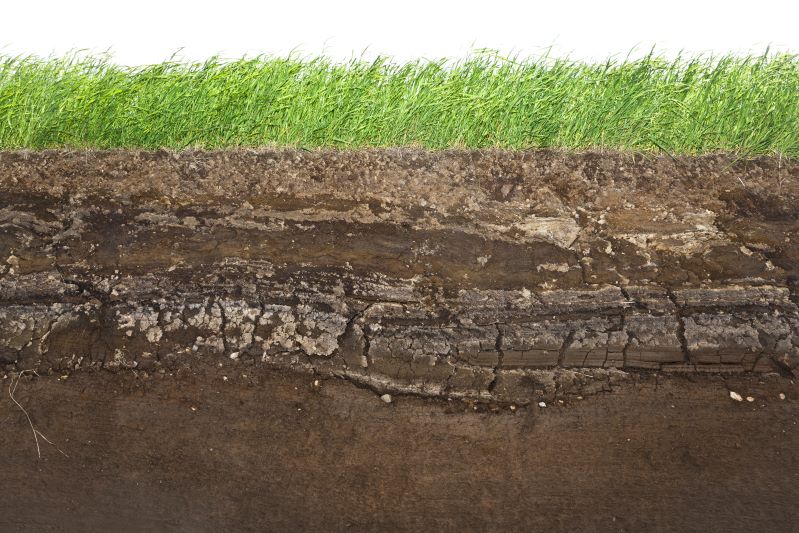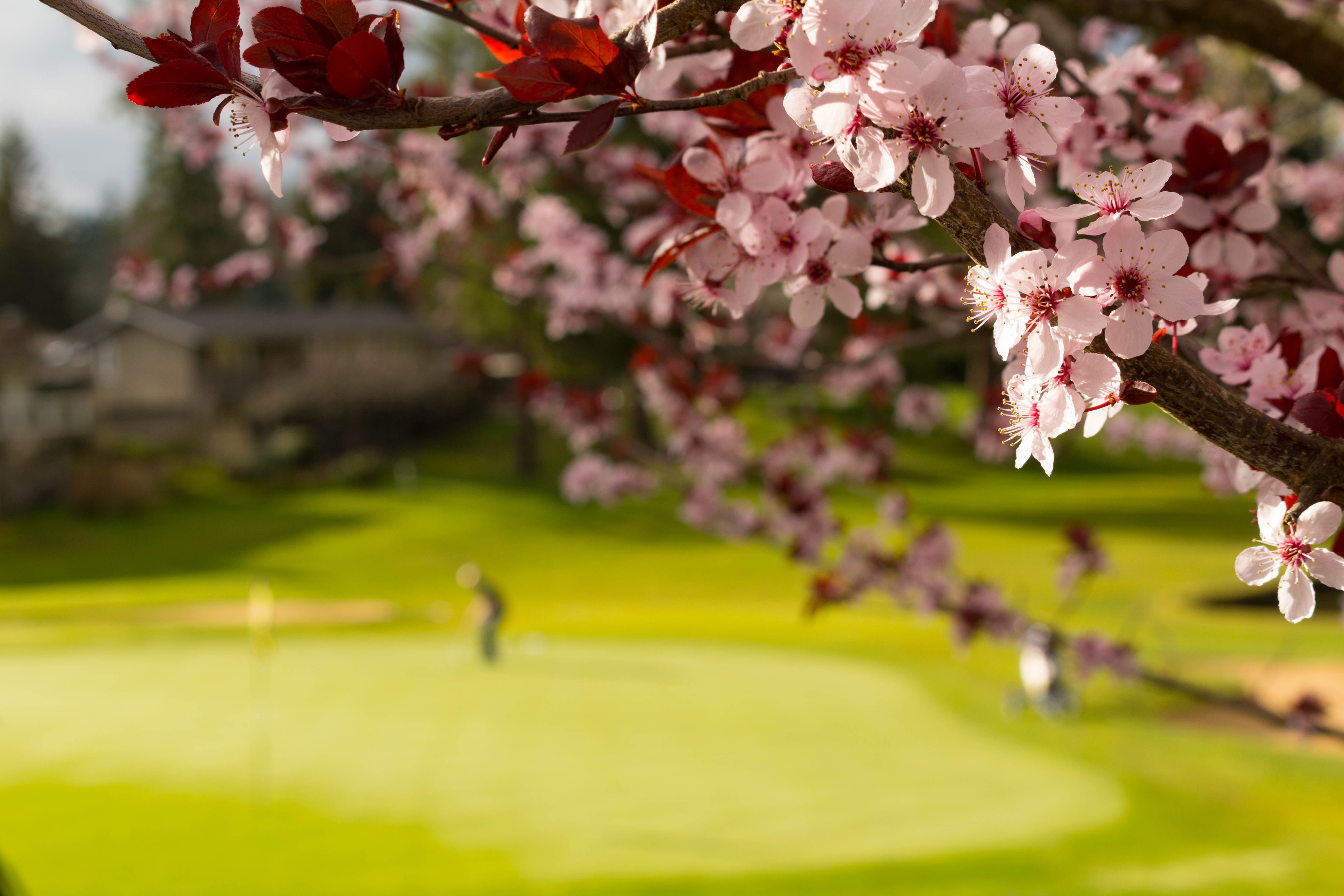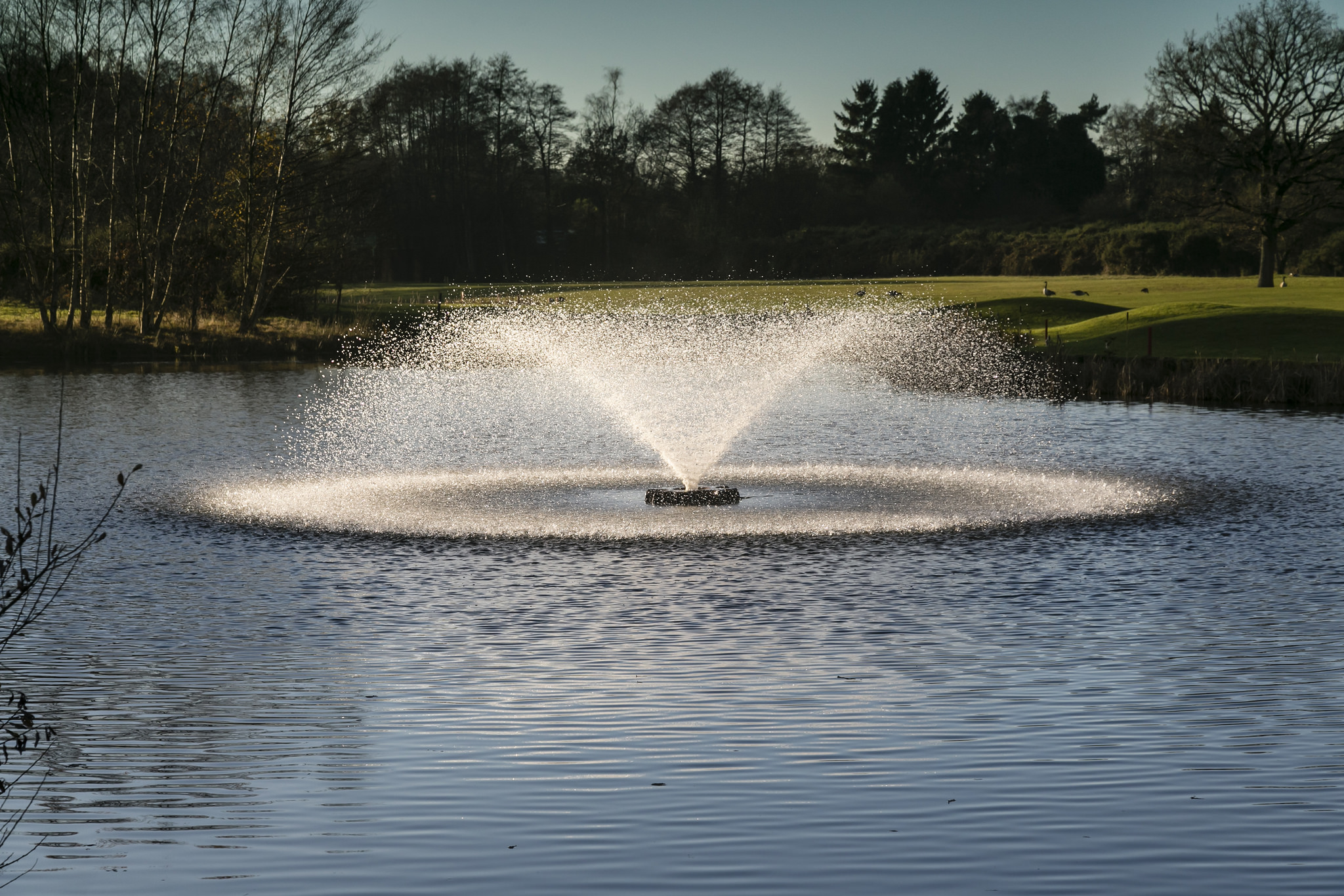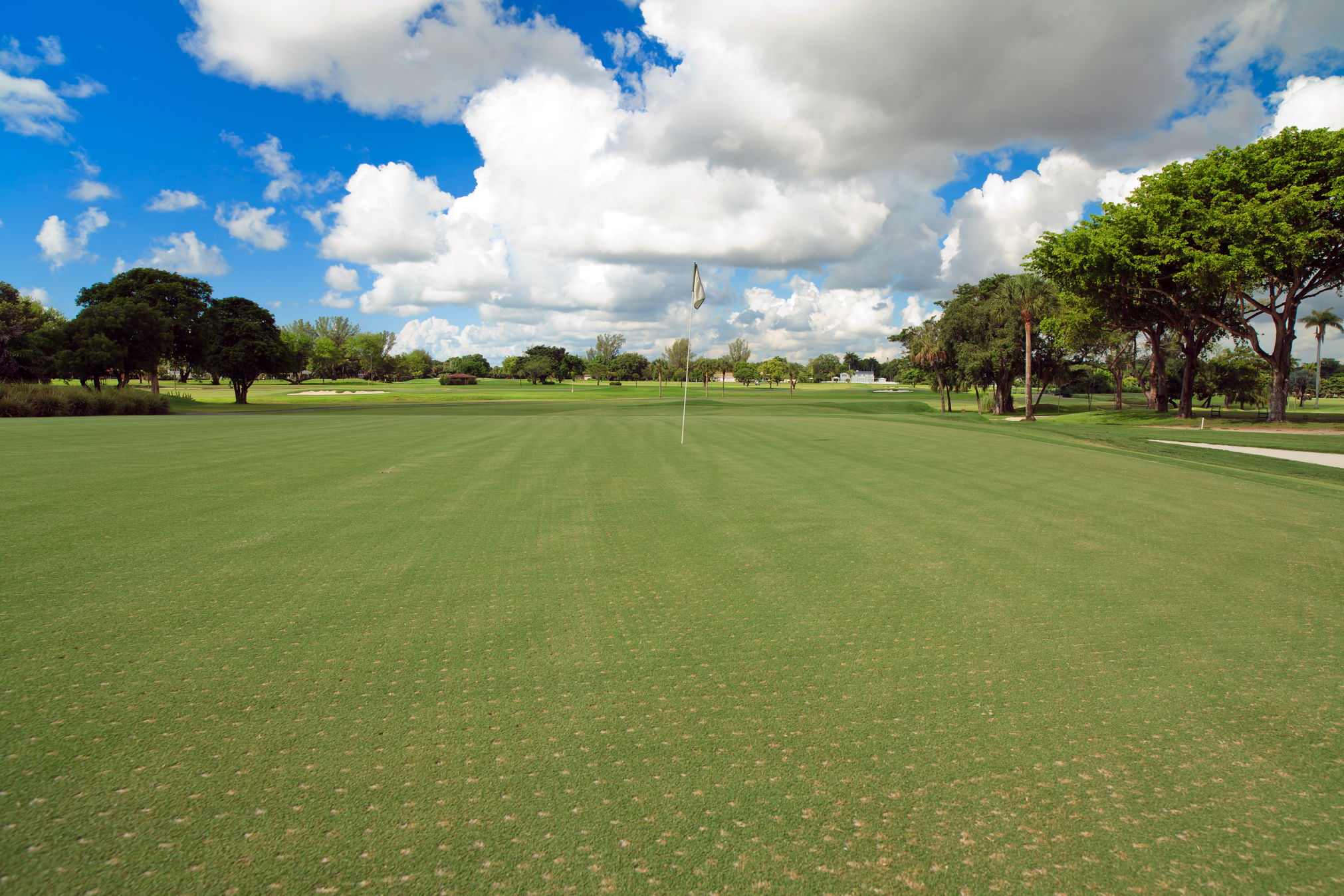- CONTACT US
- MOWERS
- VEHICLES
- APPLICATION
- Golf
- AERATORS
- VEHICLES
Sustainable turf management
CONTENTS
FEATURED STORIES

Reesink Turfcare
Reading time: 10 minutes
Inside sustainable turf management
Sustainability has become one of the biggest discussion points over the past few years for individuals, businesses and governing bodies as we hurtle towards the UK’s 2050 Net zero target.
For many industries, it’s about making small changes to operations that mean businesses can continue to ethically grow in a changing environmental landscape. The grounds sector is no different, with interest among turfcare professionals and end-users at an all-time high, says Reesink Turfcare.
Though there’s no hard and fast set of rules or guidelines on what sustainable groundscare entails – yet – knowledge and technology are always evolving, which is great for those wanting to make greener choices and set themselves on a path of sustainability.
Aside from ultimately benefiting the planet, Reesink considers that investing time into learning about what sustainable turf management involves now can set businesses up for the future as policies and legislation continue to be passed.
What does sustainable turfcare management look like?
Many clubs and turf professionals have been implementing some level of sustainability practices for a number of years now, but what’s new is the number of large industry bodies formalising serious plans to tackle environmental challenges and influence change.
In its latest sustainability report, the UEFA outlined the risks environmental issues represent for sport, citing that climate-related episodes such as flooding and extreme weather have already damaged football infrastructure and negatively impacted leagues in both professional and amateur football.
In line with The Paris Agreement on Climate Change, the UN Sports for Climate Action Framework, the European Climate Pact and the European Green Deal, UEFA’s subsequent sustainability strategy has sent a decisive and global signal that the transition to a thriving, green economy is imperative.
On a practical level, sustainable groundscare can look like altering maintenance regimes, making a concerted effort to limit the volume of water being used in irrigation, or moving over to more sustainable electric machinery models in an effort to reduce the amount of carbon emissions being pumped into the air.
And with sports stadiums being some of the largest stages in the world – in 2023 the Premier League alone had an aggregate attendance of 15.3 million - groundmen can play a pivotal role in getting these sustainability objectives in front of active audiences.
Investing in alternative power sources
The use of alternative fuels in machinery significantly reduces greenhouse gas emissions, contributing to overall air quality improvement, according to the European Environment Agency. Biodiesel, for instance, derived from renewable sources like vegetable oils, offers a cleaner combustion process and decreased emissions of particulate matter.
So it shouldn't come as a surprise that exchanging diesel-powered engines for hybrid or all-electric models is a huge step forward and ‘quick win’ for sustainable grounds maintenance.
Machinery powered by lithium-ion batteries have zero emissions and contribute to decarbonisation goals by eliminating the CO2 – and with no hydraulic fluid leaks to go alongside, battery-operated mowers are more environmentally sustainable on just about every front.
Market-leading when it comes to research and development into sustainable technology for the turf and groundscare markets, with Toro you can choose from hybrid and all-electric options for cutting grounds, greens, tees and fairways, general maintenance duties and for moving around people.

Mow higher for a more sustainable landscape
There’s no getting around the fact that in order for pitches to function as they should, they need to be cut regularly and to a height that allows for optimum playability.
But surrounding areas provide a good opportunity for increasing your area’s biodiversity, something that helps increase pollination, provides wildlife habitats and ultimately aids soil health.
Increasing cutting height by even a 1/8 inch can add around 300 square feet of energy-collecting leaf surface for every 1,000 square feet of grass.
This gives the turf a chance to produce its own food, meaning grounds will require fewer supplementary nutrients and chemical interventions and on a wider scale, longer grass blades also mean more photosynthesis, which means more carbon sequestration. Plants absorb carbon dioxide from the atmosphere during photosynthesis and store carbon in their tissue and roots, so instead of it existing in the atmosphere where it can contribute to global warming, it can be stored in the ground instead.
Grasscycling
‘Grasscycling’ is a sustainable mowing technique that can be easily implemented by public sector grounds professionals that means instead of collecting grass clippings and disposing of them elsewhere, they are left on the surface to decompose naturally.
This practice reduces waste and returns valuable nutrients back into the soil, promoting healthier grass growth. Grass clippings when left on the grass decompose, releasing nutrients back into the soil.
By leveraging the nutrient content of grass clippings, grounds professionals can reduce reliance on chemical fertilisers, contributing to a more environmentally friendly and sustainable approach to groundscare.

Water management to protect the ecosystem
Sustainable practices are equally as relevant to water management. Chemicals are often used to treat poor quality water damaging the delicate ecosystems of lakes and ponds with toxic compounds that can contaminate the water and disrupt the delicate balance of the ecosystem, limiting aquatic plant growth and leading to a loss of biodiversity.
So what is the solution? Aeration is the safest, most effective and cost efficient method of pond management long-term. By dissolving oxygen to be put back into the water, it supports the aerobic and oxidative processes of the water, making it safe as a food source and removing toxic residue.
Otterbine fountains provide the highest oxygen transfer and pumping rates in the industry – independent testing by the University of Minnesota and GSEE prove it – treating the water above and below the surface with its surface and subsurface ranges, eliminating the need for chemicals and attracting wildlife.

Use targeted watering for less wastage
There are so many issues affecting responsible, sustainable golf course irrigation and adopting sustainable maintenance practices is crucial to preserving the resource and using technology to combat the effects of climate change through the strategic and effective application of water is the way to do that.
No turf professional will need reminding that a sports pitch will have areas shaded by the surrounding stadium during different parts of the day, with resulting alterations in the turf’s irrigation needs. Equally, an exposed golf green, for example, will need a different management strategy compared to one that’s in a shaded, low-lying part of the course.
It has long been recognised that a blanket application of water is wasteful and tackling this in practice is now made easier with Toro irrigation which has led the way with state-of-the-art computerised irrigation control systems such as Toro’s Lynx Central Control System allowing watering times to be controlled down to the second. These systems are often used with an integrated weather station, pump station and wireless soil sensors to deliver the desired conditions with as little water as possible.

Use sustainable machinery washing solutions
Sustainability goes beyond just the power source of your machines and it can be easy to overlook how something as simple as altering how you clean your machinery can contribute to a sustainability strategy.
Clubs can use upwards of 400-600 litres of water per hour to wash their equipment with a pressure washer. In a climate where responsible water management is paramount, using an alternative parts cleaner that is powerful enough to cut through grease, oil, grass clippings, whiteline paint and fertiliser, while eliminating the need to pressure wash parts and free of harmful chemicals limits wastage and has a positive effect on finances and the environment.
Containing the cleaning process with Bio-Circle’s recirculation system guarantees a longer service life of the cleaning agent and controls the disposal of the cleaning solutions.

Initiatives to help
Even with the above, getting started can be tricky and each venue and business will have different aims and capabilities.
GreenGrounds is a partnership between machinery distributor Reesink Turfcare and Bio-Circle, specifically formed to solve the problem of the general misunderstanding that surrounds starting an achievable and effective sustainability project.
As previously mentioned, there’s no formal consensus on what effective sustainable measures are and clubs and businesses don’t follow the same sustainability guidelines, but keen to encourage turf professionals to focus on their sustainable responsibilities, the two businesses provide free advice, knowledge, and creative and practical solutions.
The initiative is about making sustainable ground accessible to those working in the industry, focusing on making the process easy, and removing the barriers or fear.
To learn more, call 01480 226800 or email info@reesinkturfcare.co.uk.
Reesink UK LTD | 1-3 Station Road, St Neots PE19 1QF | Registered in England
Reesink UK LTD is authorised and regulated by the Financial Conduct Authority.







































































